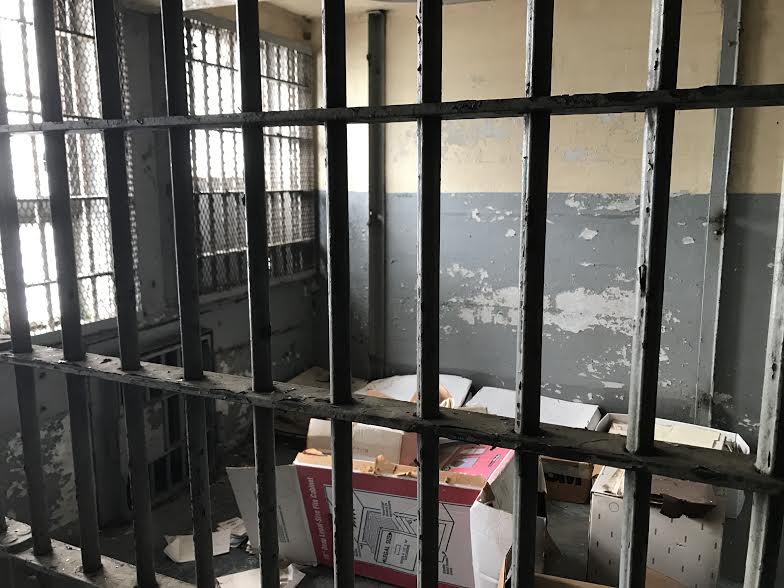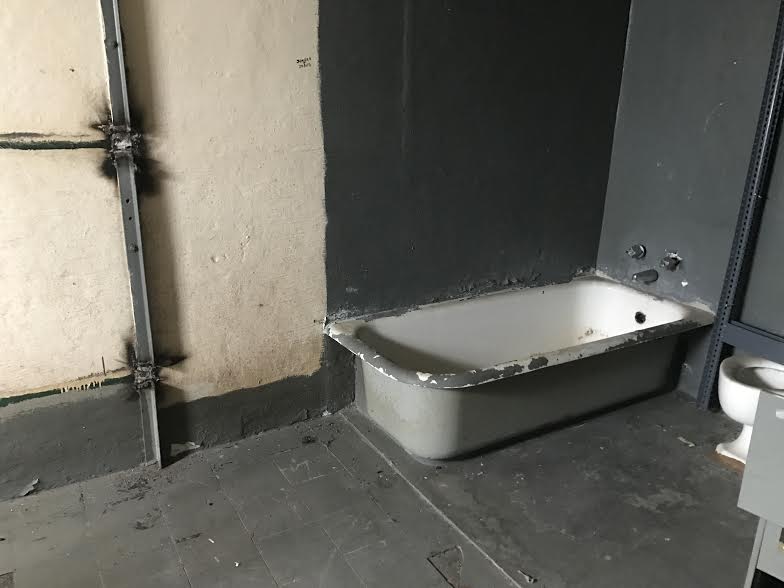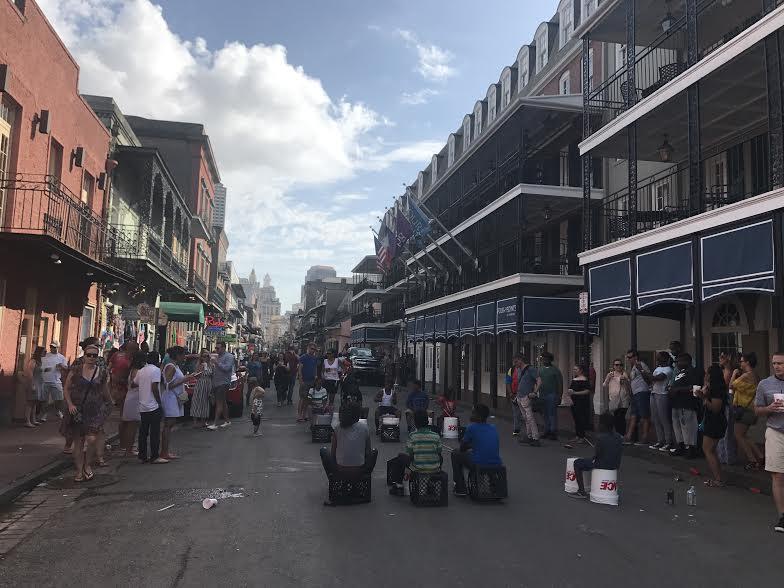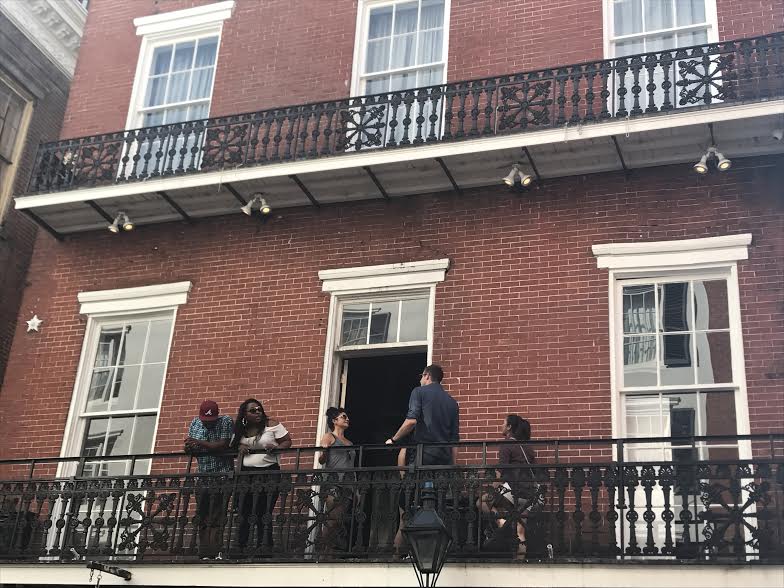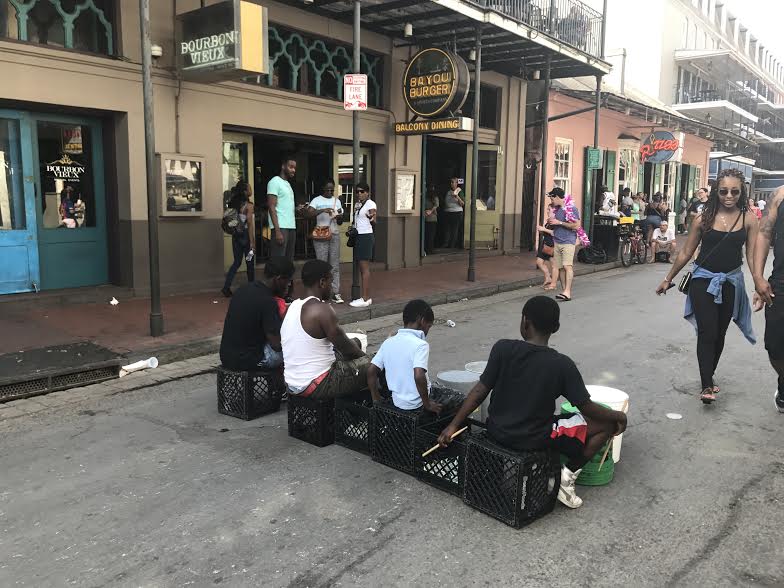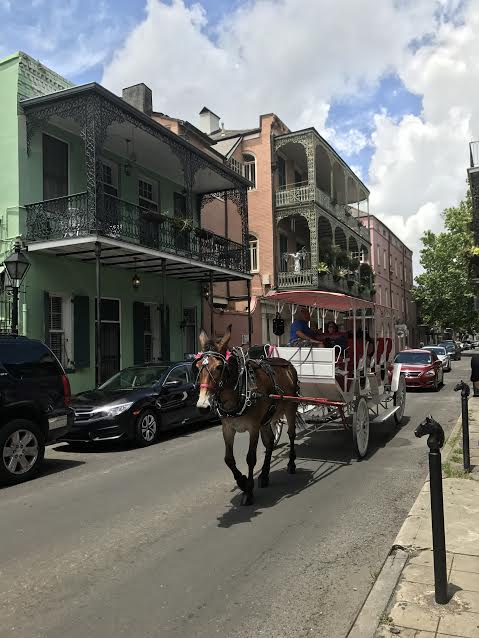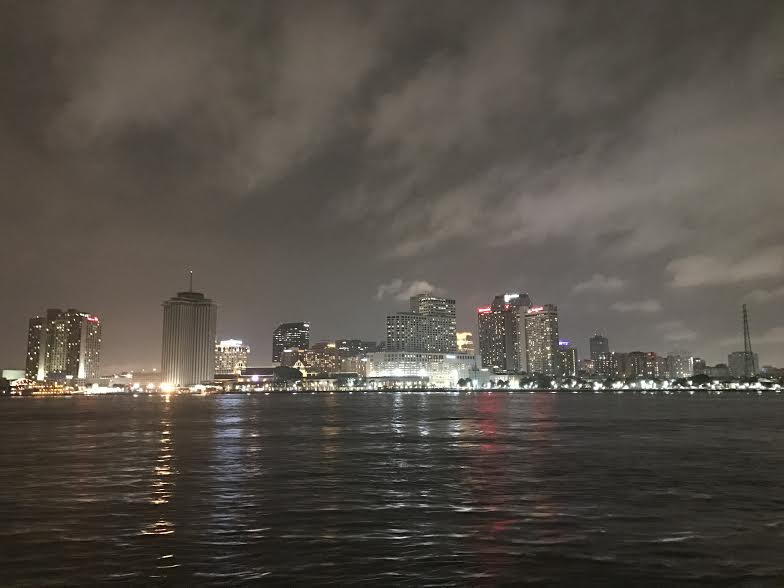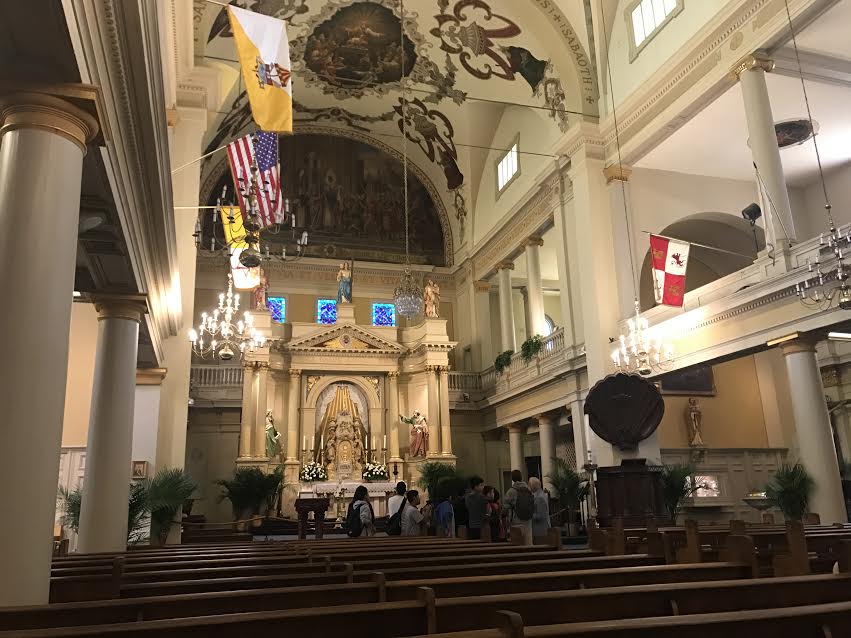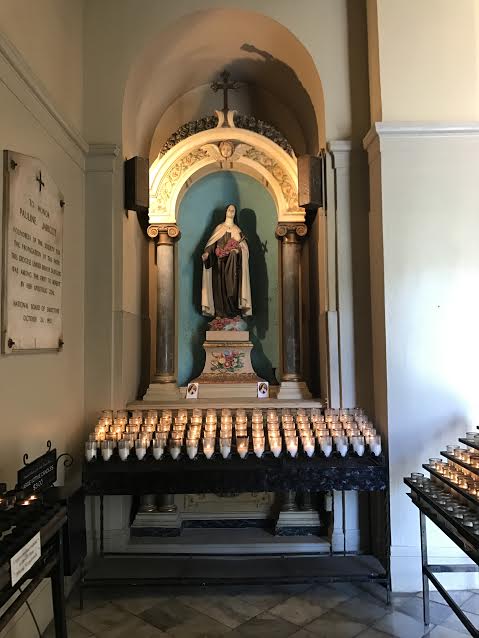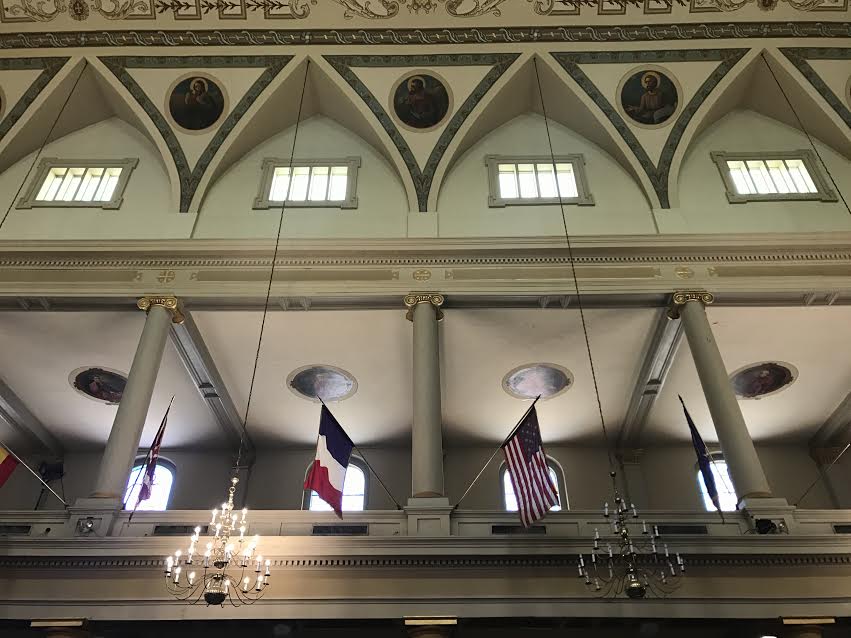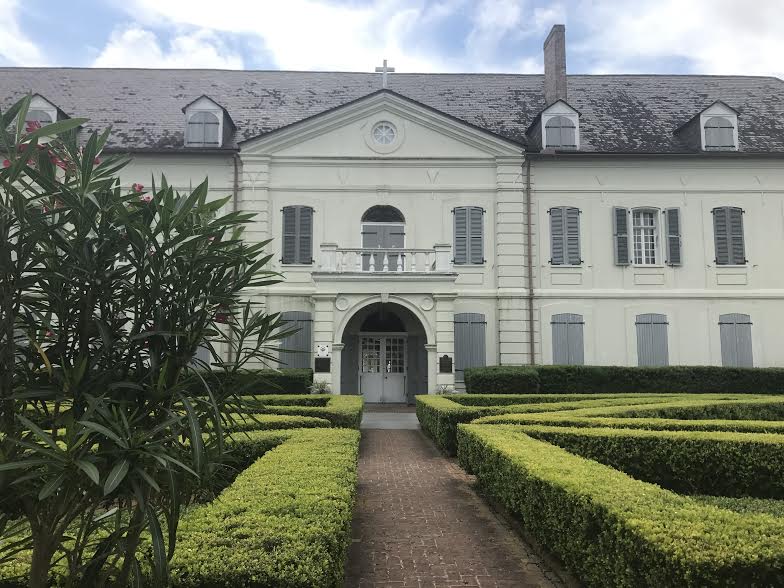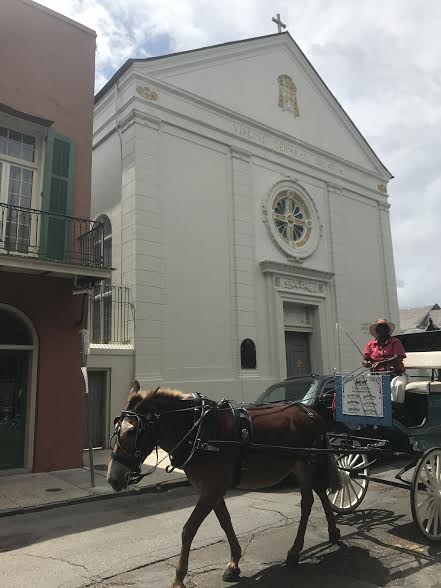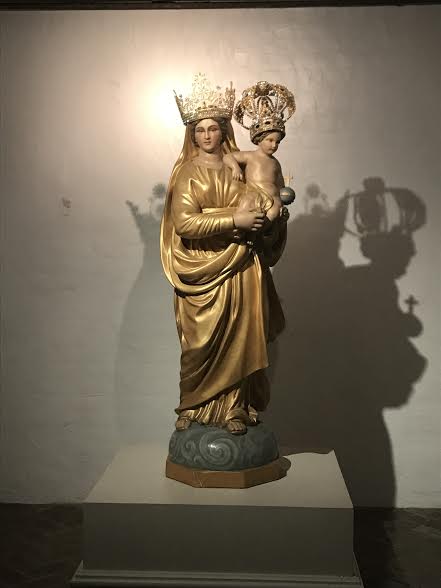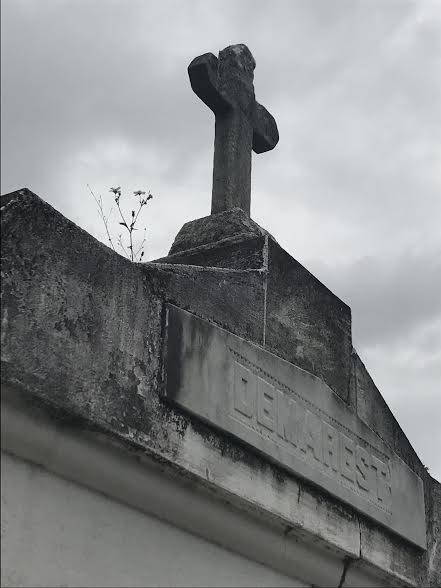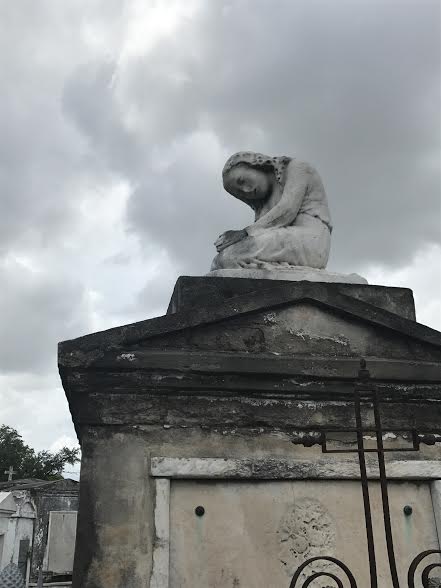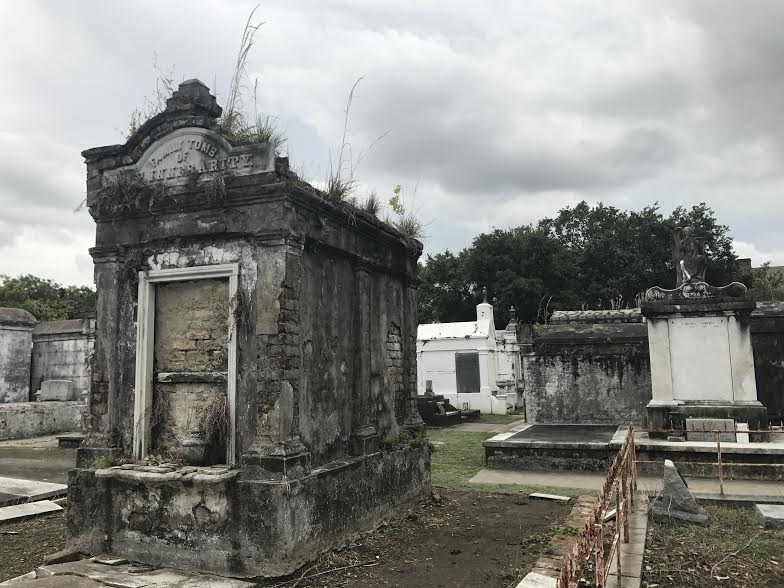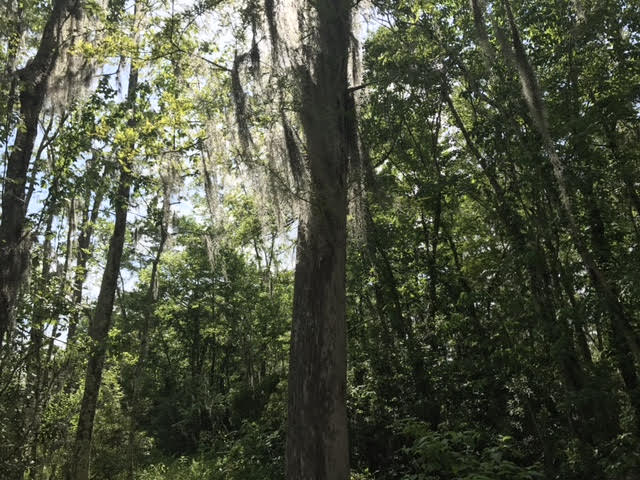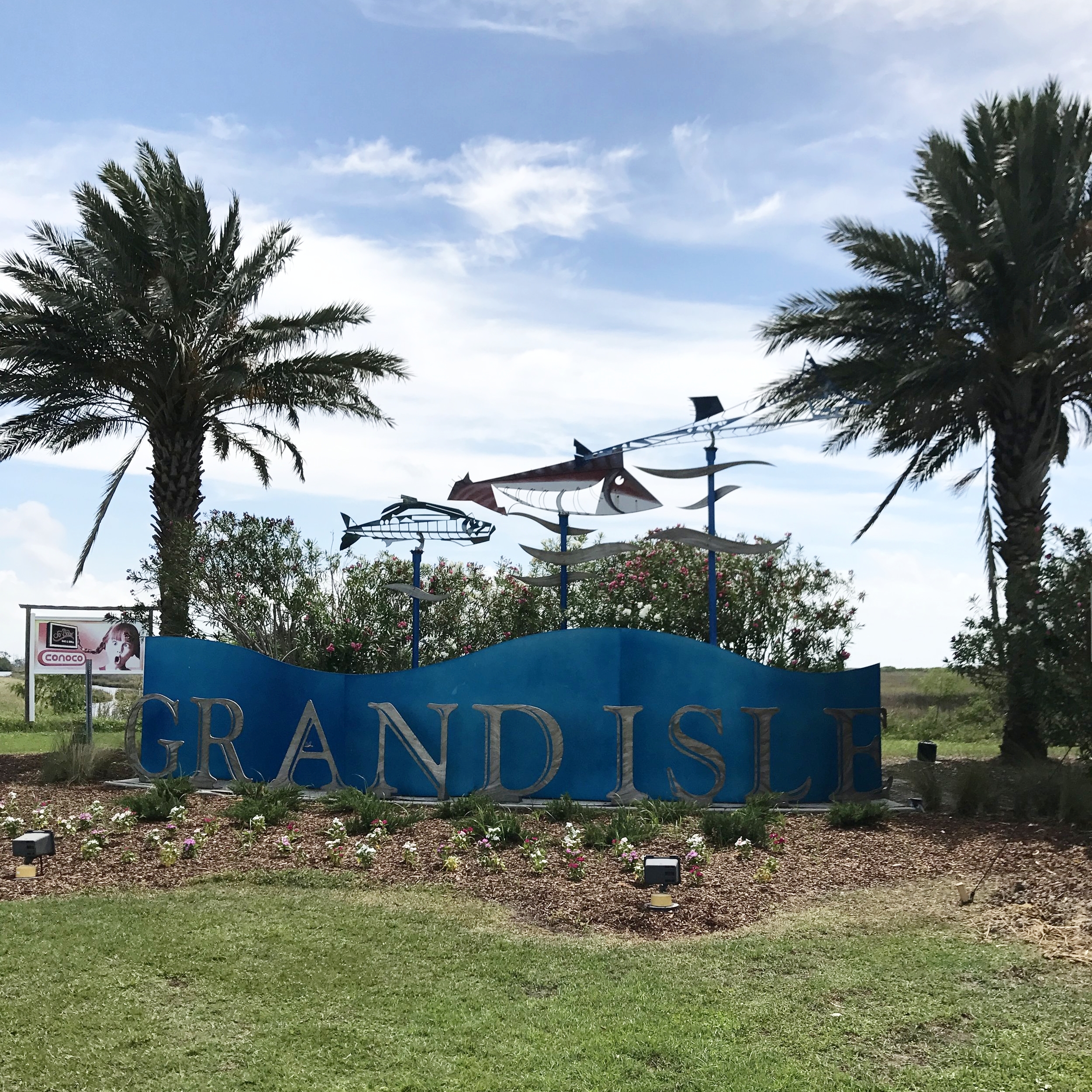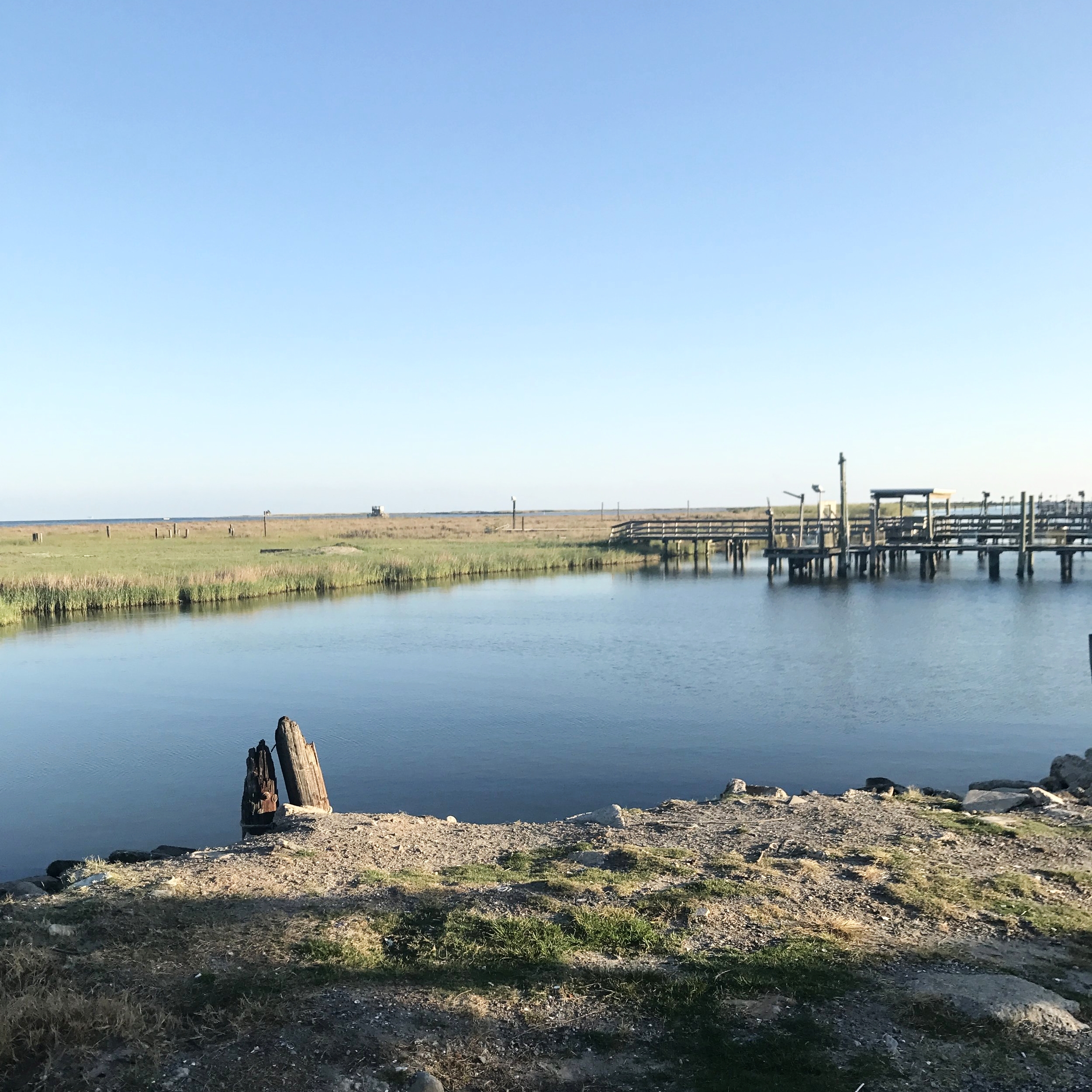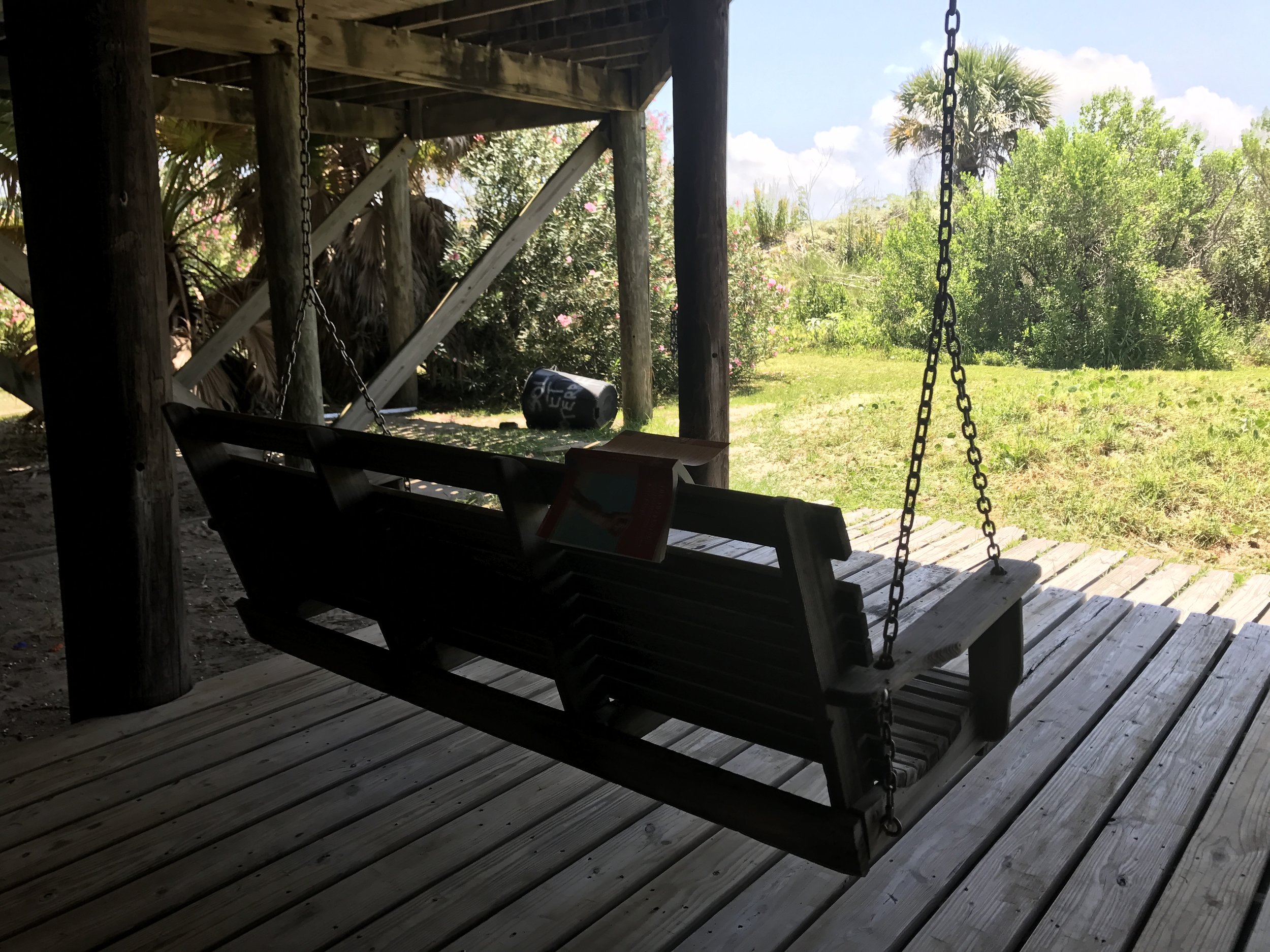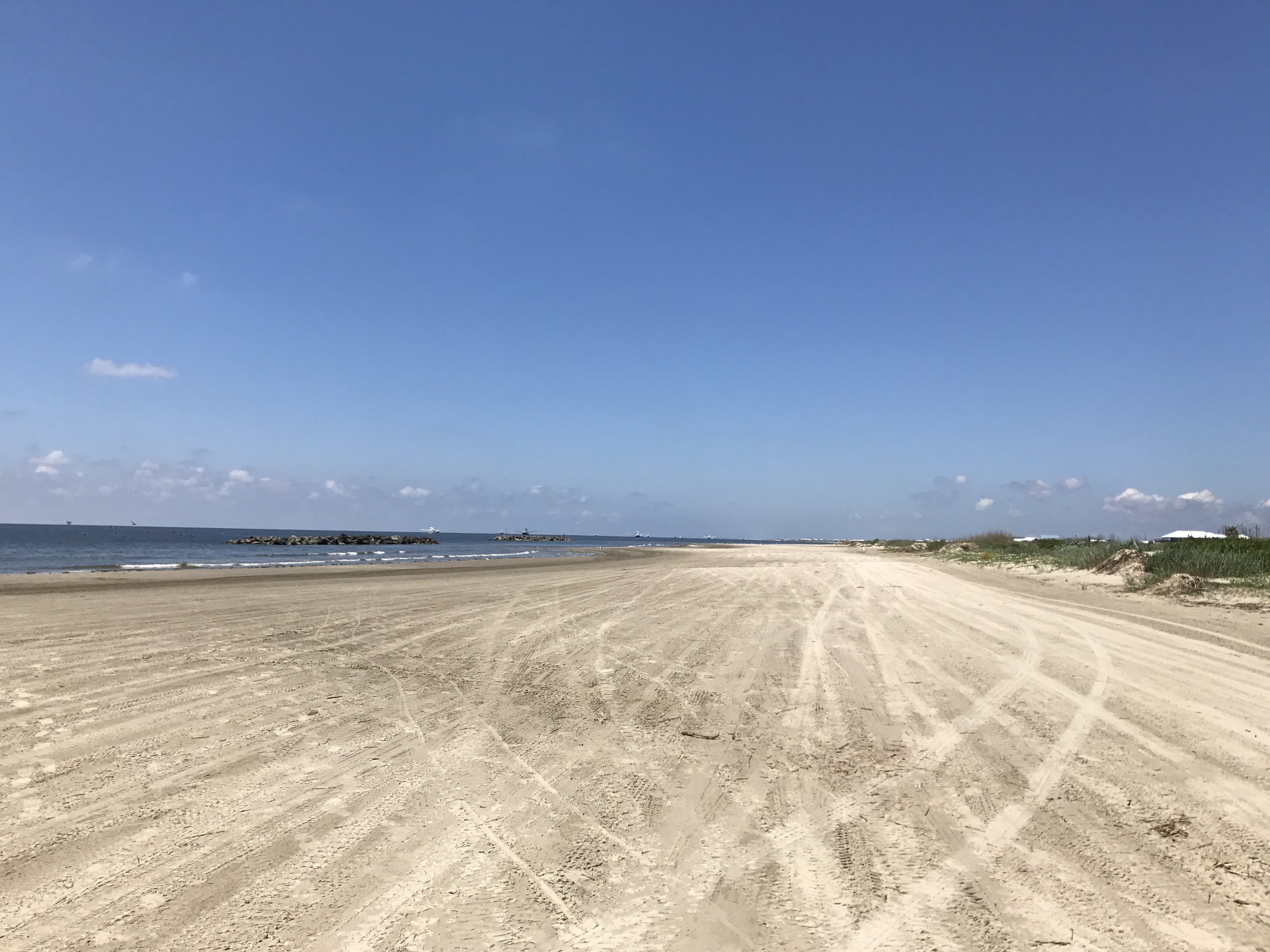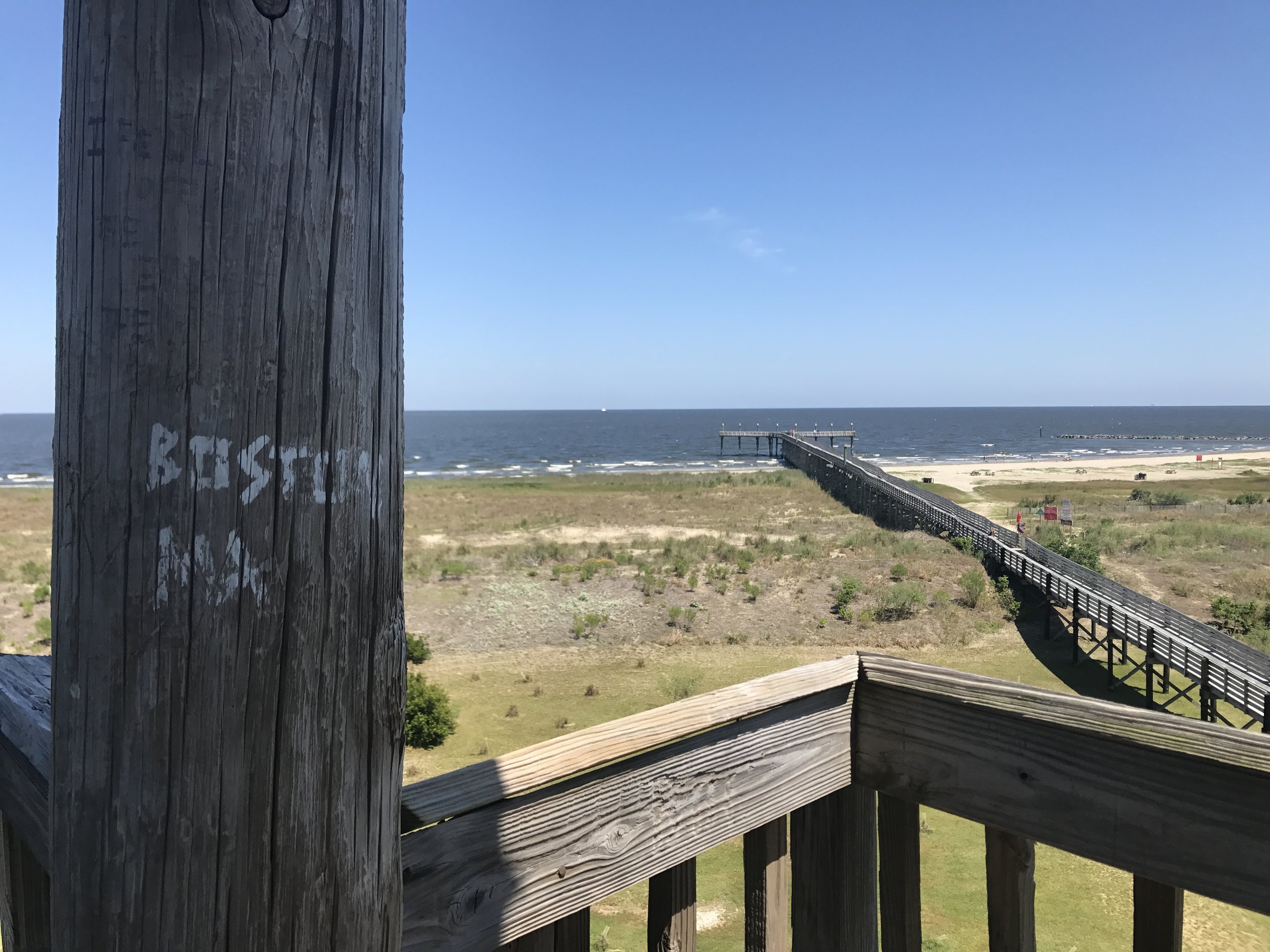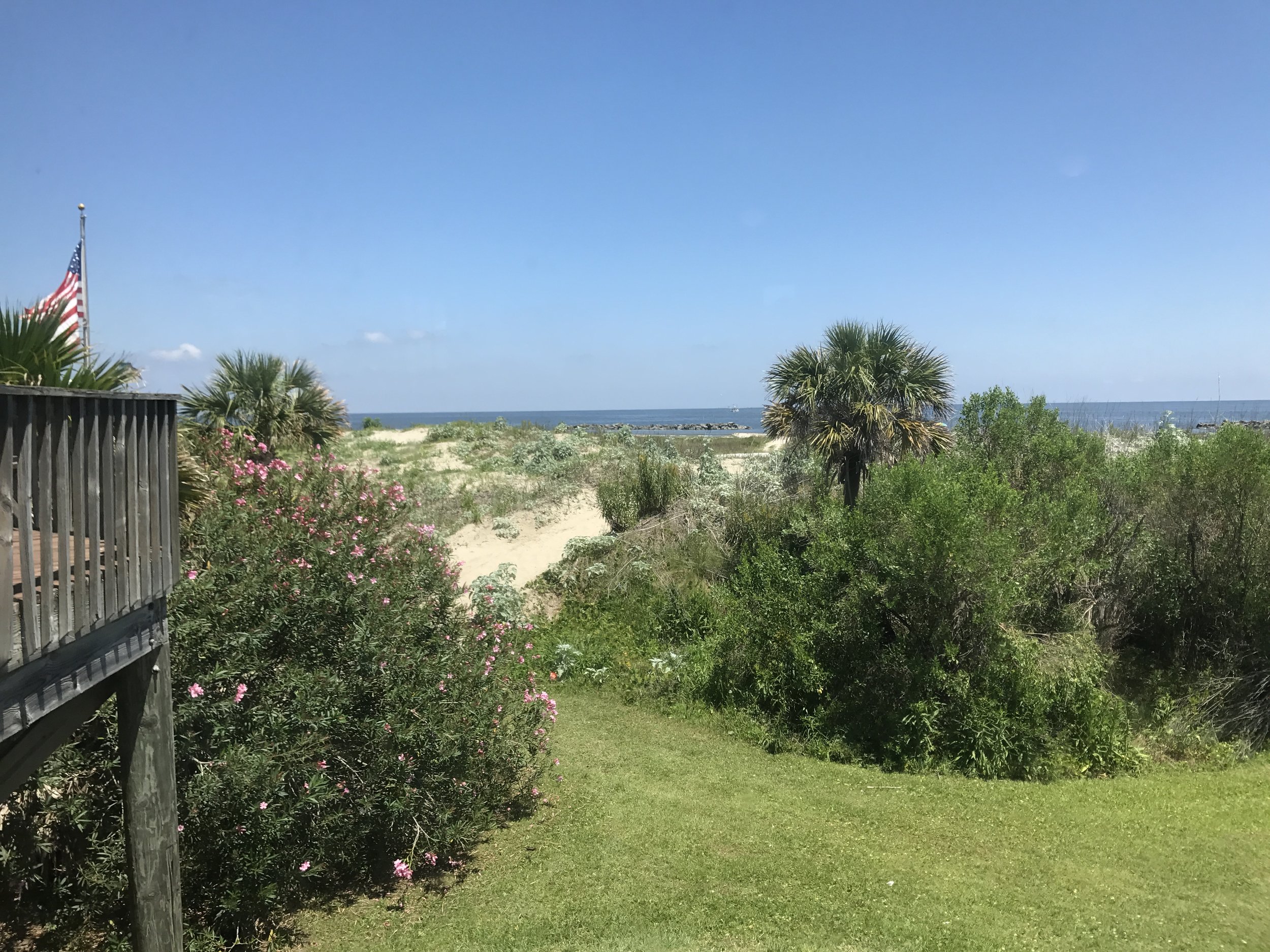I've found I now have a better sense of the cultural and historical context of New Orleans than I do Los Angeles, where I've lived and gone to school for two years. Bookpacking the Big Easy has inspired me to bookpack the world, starting in my own backyard. I know that the experience doesn't end here; I don't think I'll ever travel and explore the same way again. I'll echo what I said at the outset of this trip: if everyone travelled with a book in their hand – a true book that speaks with the voice of a place and a people – then I think we’d all be much better at the art of understanding. My time in New Orleans, with the other student Bookpackers and Andrew, has only strengthened my belief in this statement.
I think the positive influence this experience has had on my life is encapsulated in that day at the fiddle store with our new musician friends. Thanks to Bookpacking, I got to read an honest and beautiful little story about a people (the Cajun community in “Floyd’s Girl”), and then I was given the opportunity to learn about and from members of this community. So I did. I was given the opportunity to reciprocate the love they gave to me. So I did. And that's pretty awesome.
Thank you to my Bookpacking family for making this adventure as amazing as it was. Thank you to USC Dornsife and the man, the myth, the legend Andrew Chater for...well...everything?Thank you to the beignets for rocking my world on a daily basis. Lastly, thank you to the gators that didn’t show their faces because it’s #nestingseason. Joke’s on you, I got a picture of your cousins at the Audubon Zoo. Just because they’re captive gators doesn’t mean it’s cheating. That’s what I’m telling myself. Crikey!
Lastly, I'd like to thank the Academy.


